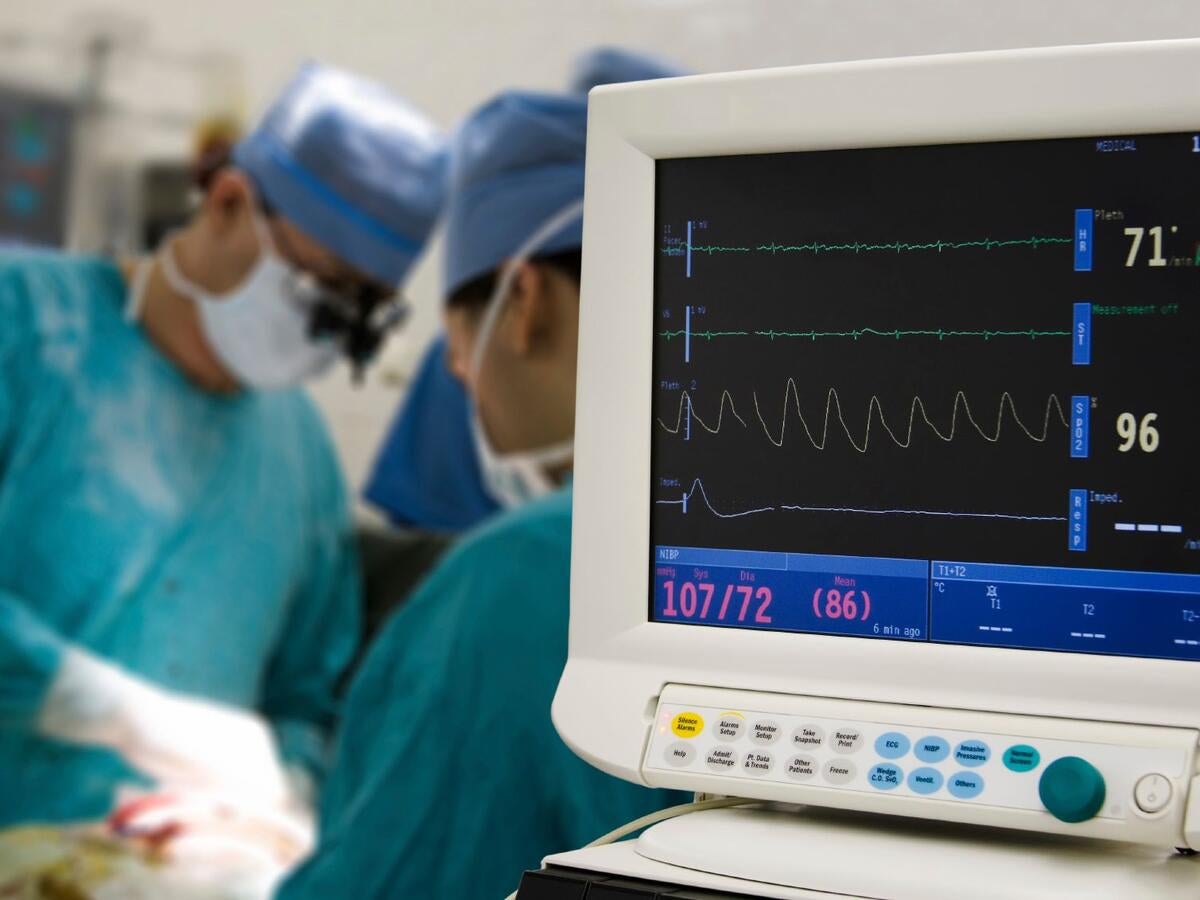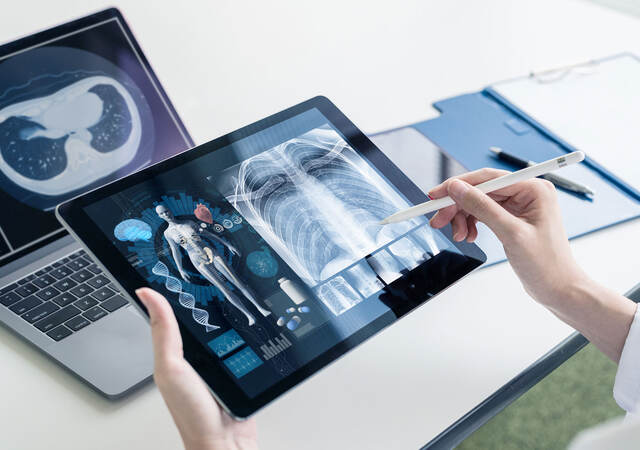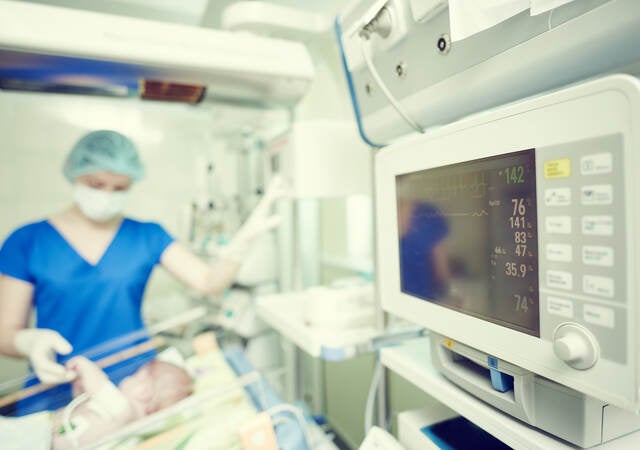ANSWERED ON THIS PAGE:
- Which medical devices regulated by the FDA require 510(k) clearance?
- What are the phases of the 510(k) preparation and submission process?
- How long does it take to clear a device through the 510(k) process
- How long is our 510(k) clearance valid?
One of the first steps toward selling a Class II medical device, including in vitro diagnostics (IVDs), in the United States is to file a Premarket Notification with the U.S. Food and Drug Administration (FDA), also known as a 510(k) submission. Certain Class I medical devices also require 510(k) clearance, as do most unclassified (pre-amendment) devices. Technically, the FDA does not approve medical devices for sale under the 510(k) process; the agency gives clearance for them to be sold in the U.S., having found them to be substantially equivalent to a legally marketed predicate device already legally on the market.
Who must submit a 510(k) to the FDA?
In general, manufacturers wishing to introduce Class II medical devices — and those Class I and unclassified devices described above — to the U.S. market must also submit a 510(k) to the FDA. A 510(k) is also required for manufacturers changing the intended use of their medical device or changing the technology of a cleared device in such a way that it may significantly affect the device's safety or effectiveness, even if that change represents an improvement.
Emergo by UL 510(k) process
Emergo takes a two-step approach to the 510(k) process to support a successful 510(k) submission, working closely with the device sponsor in a collaborative effort. Over the years, we have found this approach is cost-effective for our customers and dramatically reduces the probability of failure to receive 510(k) clearance by the FDA. Since Emergo’s inception in 1997, we have cleared hundreds of different types of medical devices, from implants to software-as-a-medical-device (SaMD) to IVDs.
Step 1: 510(k) requirements evaluation, documentation review and Gap Analysis
- The proposed intended use, design and technological features of your device help us determine the proper FDA product code and regulation number, which may point to device-specific guidance documents and recognized consensus standards that will be needed to ensure the timely clearance of your medical device.
- We evaluate similar devices that already have FDA 510(k) clearance to determine whether any are suitable for use to determine substantial equivalence for your device. These are referred to as predicate devices.
- We then provide you with a specific list of documents, minimum expected tests, labeling and information needed for your particular 510(k) submission.
- An assigned U.S. regulatory consultant will review the information to determine its suitability for the 510(k) submission.
- After evaluating this documentation, we prepare a detailed gap analysis report identifying incomplete or missing information that will be required to complete your 510(k) submission.
Once you receive the comprehensive gap analysis, Emergo can help you close these gaps and will review additional information. Note that helping address gaps is considered a separate project.
Step 2: 510(k) compilation and submission to FDA
When all required documents, test reports, labeling and other information have been received, Emergo will prepare your final 510(k) submission. We will:
- Prepare a technical comparison of your medical device to the predicate device(s) selected.
- Prepare all sections of the 510(k) application, which you will review and approve before we finalize it for processing to the FDA.
- Submit the 510(k) electronically to the FDA. Emergo can be the official correspondent for further communications with the FDA concerning your 510(k) submission.
- Emergo can coordinate payment of FDA 510(k) submission fees on your behalf.
- Immediately communicate with you regarding all information received from the FDA following the 510(k) submission and assist in addressing their requests for any additional information through the Acceptance Review, Substantive Review, and Interactive Review phases of your submission.
We want you to be successful in introducing your medical device to the U.S. market. As a leading global QA/RA medical device consultancy, we have successfully prepared, submitted and cleared hundreds of 510(k)s for our worldwide customers since 1997.
Frequently asked 510(k) questions
Will I receive a registration certificate after 510(k) clearance?
No. You will not receive a registration certificate after 510(k) clearance but the FDA will issue a 510(k) clearance letter and post it on their website. The website posting is your official proof that the FDA cleared your device.
How long is my 510(k) approval valid?
The 510(k) regulatory clearance is valid until you implement significant changes to the product, intended use, or indications for use. Changes must be assessed, on a case-by-case basis and in accordance with specific FDA guidance, to determine if the change(s) warrant a new 510(k) submission to the FDA. There is no expiration assuming that the device has not changed.
If there is a predicate, do I have to do the same testing?
In general, you are required to do performance testing on your device, preferably as comparative testing with the known predicate. The test results must support the substantial equivalence of your product to the predicate. For some product codes, the FDA has published a “Safety and Performance Based Pathway” guidance document that specifically details their expectations for a submission.
If animal or clinical studies are necessary for a specific device, or if there are other significant questions related to testing, Emergo recommends conducting a pre-submission Q-submission with the FDA prior to submitting a 510(k).
How long will it take to clear my device through the 510(k) process?
The FDA’s goal is to review most 510(k)s within 90 days. However, in general, a 510(k) takes anywhere from four to nine months to receive clearance, but this can be longer. This is because when the FDA asks for additional information, they place their clock on hold, and the time it takes to answer does not count toward their review time. Most submissions receive at least some questions during the substantial review phase. The length of time it takes to clear your device through the 510(k) process depends on a number of variables, including but not limited to:
- Quality of the supporting technical documentation submitted to the FDA (e.g., device description, engineering drawings, instructions for use, user manuals, test reports (especially those test reports not done to known standards, usability studies, and clinical data, if applicable).
- Predicate device selection.
Can a 510(k) be transferred to another company? Who owns it?
The company that is the sponsor of the 510(k) is considered the owner of the 510(k). In some cases, this may not be the manufacturer of the device. If the "owner" of the 510(k) is acquired, the purchaser will list the device as part of their updated establishment registration, and that is considered sufficient to notify the FDA of a new owner and complete the transfer. If the manufacturing site changes, the company must validate the processes at the new site under the quality management system (QMS), and the new facility must be registered with the FDA.
What is considered a device family? What products can be in a single submission?
The FDA allows multiple devices to be bundled into a single 510(k) provided that certain conditions are met. Those conditions include that the supporting data is similar, the same FDA review group would primarily do the review, and that the devices or indications for use are similar. This can therefore include devices with their accessories, bundling of devices for the same intended use that are made of different materials, etc.
For devices made outside the U.S., is home country approval required?
Home country approval is not required to receive FDA clearance.
Request information from our specialists
Thanks for your interest in our products and services. Let's collect some information so we can connect you with the right person.
Related resources
- U.S. FDA Medical Device Testing for Premarket Submissions
- US FDA Roundup: Revised EUA for Surgical Masks; Extended MDSAP Temporary Audit Measures and More
- US FDA and Health Canada Launch eSTAR Pilot
- US FDA Updates Guidance on Identifying and Responding to Deficiencies
- RADAR : Market Access Newsletter







